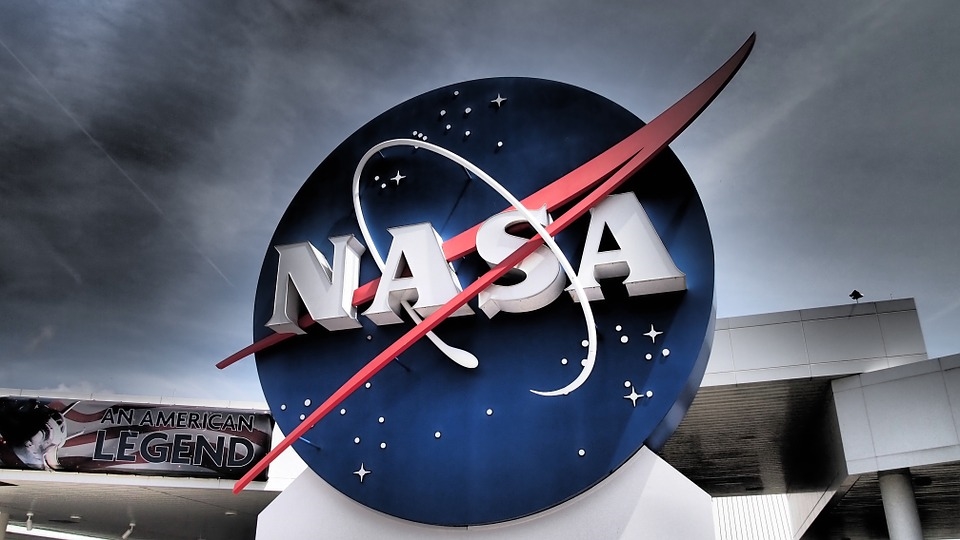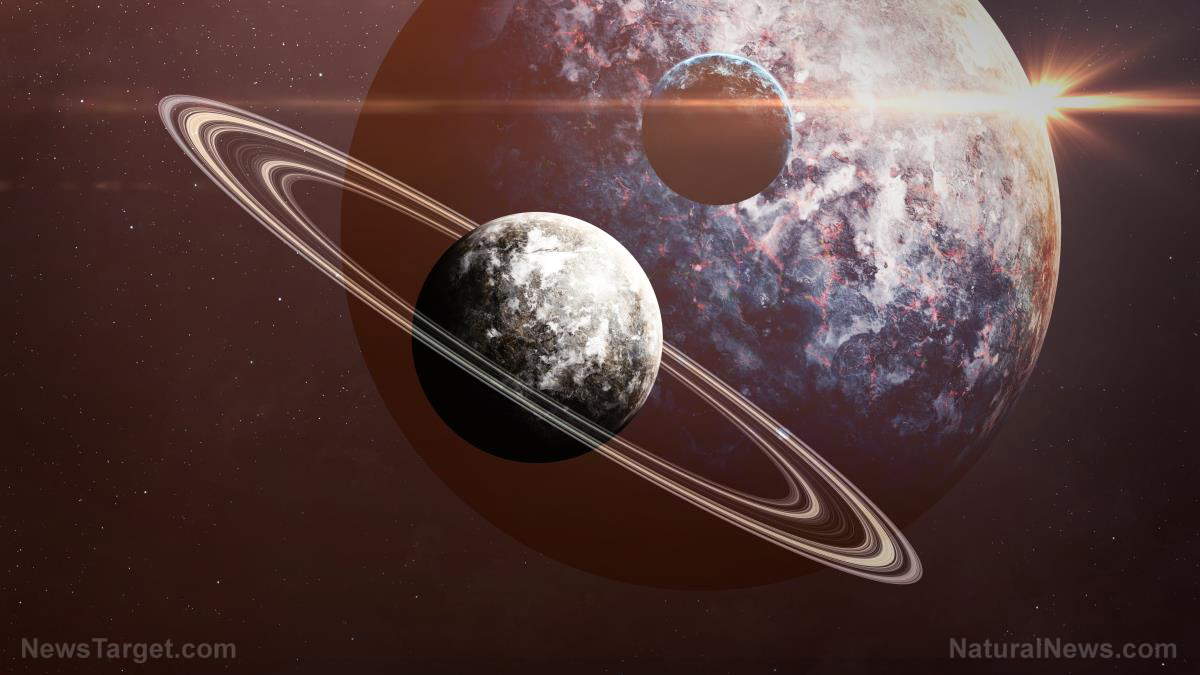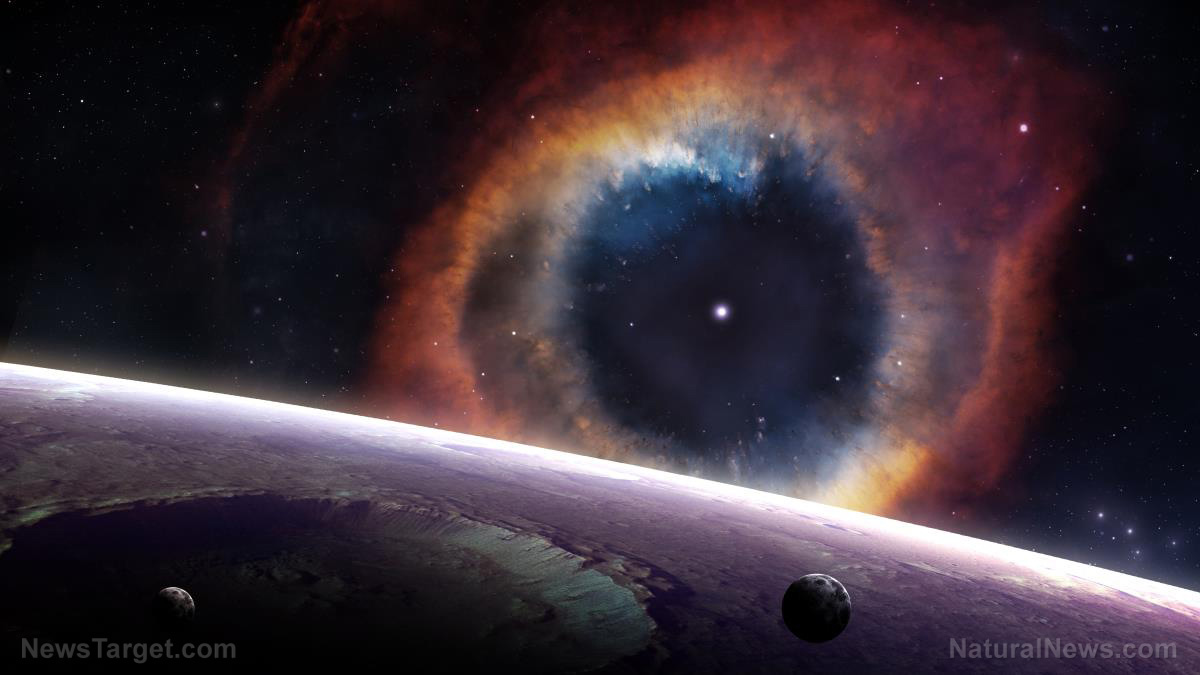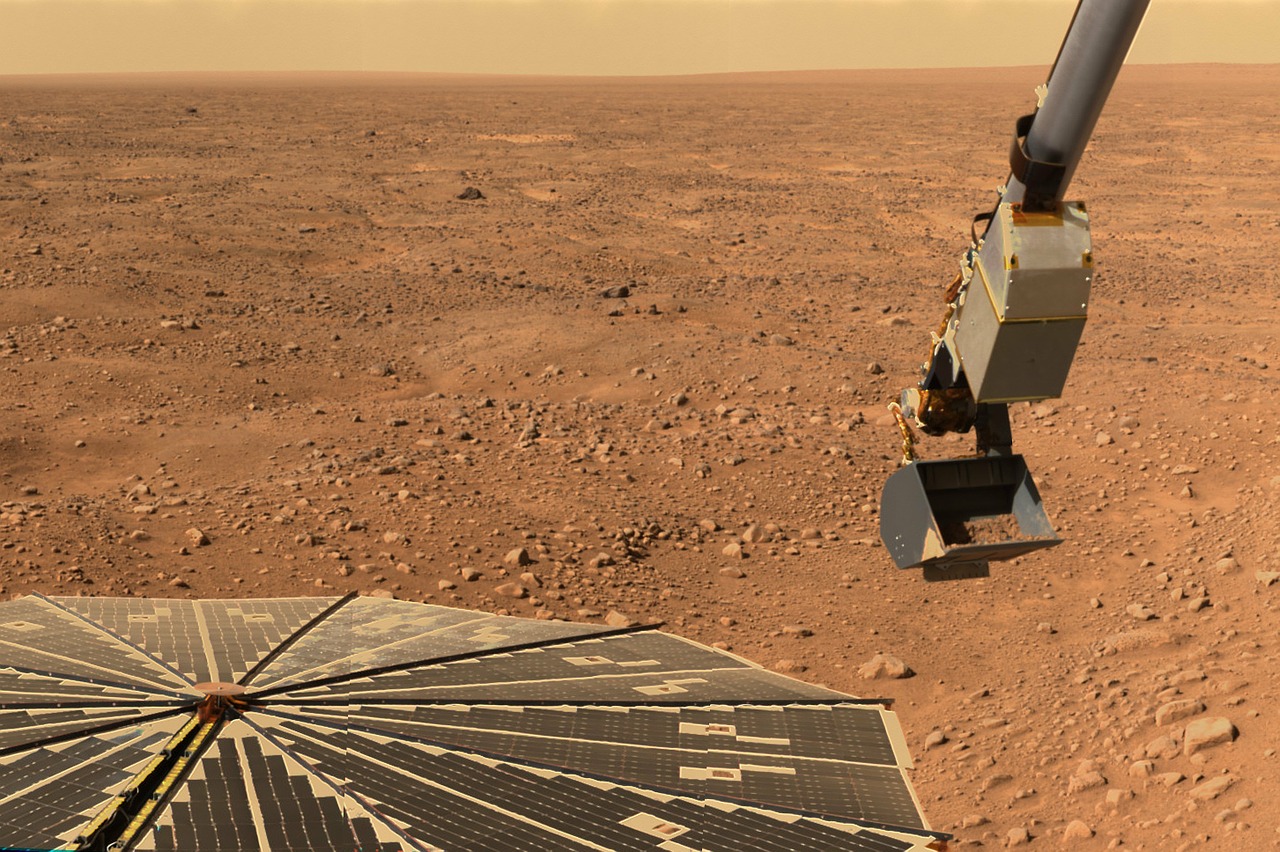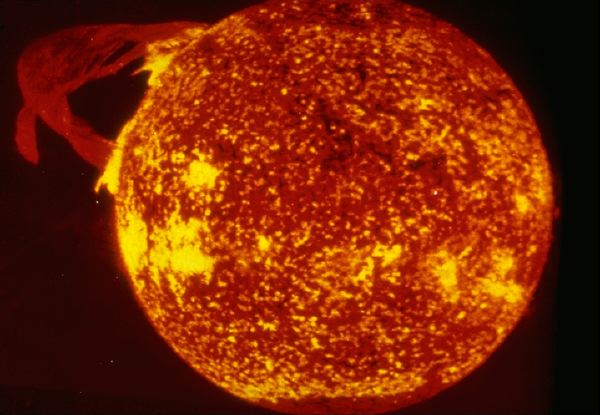World’s biggest telescope is almost ready for its launch next year – scientists are hoping it will spot alien life
01/17/2018 / By Frances Bloomfield

The James Webb Telescope has successfully concluded a series of tests prior to its proposed launch in the year 2019. After being subjected to 100 days of cryogenic testing — to prove that it can remain operational in deep space — the megatelescope emerged victorious. Having passed this grueling exam, its engineers are confident that the James Webb Telescope will aid humanity in discovering the secrets of the universe — the truth of alien life included.
As is written on its official web page: “One of the main uses of the James Webb Space Telescope will be to study the atmospheres of exoplanets, to search for the building blocks of life elsewhere in the universe.”
This particular feat will be carried out with the assistance of ground-based telescopes, which will help measure planetary mass through the radial velocity technique or gauging “stellar wobble produced by the gravitational tug of a planet.” Following that, the James Webb Space Telescope will then utilize spectroscopy to determine the compounds that make up a planet’s atmosphere and verify whether or not the planet is capable of supporting life. Ultimately, scientists hope to find a planet with an atmosphere that’s just like our own. (Related: European governments launch project to confirm presence of alien life.)
There are two celestial objects that will be observed for this purpose. According to Space.com, these are Europa (the smallest of Jupiter’s four Galilean moons) and Enceladus (the sixth largest moon of Saturn). “We chose these two moons because of their potential to exhibit chemical signatures of astrobiological interest,” explained Heidi Hammel, executive vice president of the Association of Universities for Research in Astronomy (AURA).
Both moons are believed to have oceans of liquid water buried underneath thick layers of ice, through which plumes of liquid have escaped and erupted. These plumes have excited scientists, as they could be the result of subsurface geysers, which could serve as potential sources of heat and nutrients to any lifeforms living beneath the ice.
Speaking of the plumes, planetary astronomer Geronimo Villanueva remarked: “Are they made of water ice? Is hot water vapor being released? What is the temperature of the active regions and the emitted water? Webb telescope’s measurements will allow us to address these questions with unprecedented accuracy and precision.”
Villanueva added that although the James Webb Telescope can detect organic elements such as carbon, it isn’t capable of finding actual lifeforms in the plumes themselves. Further complicating matters are the chances that the telescope won’t be able to catch the plumes coming out of the moons’ surfaces, nor do they know just when these plumes flare up.
Still, hopes are high for this megatelescope. After all, it will be preceding the Europa Clipper mission, a two-billion-dollar mission to the icy moon that will search for life on Europa. Scheduled for the 2020s, the Europa Clipper mission could be helped by any observations gathered by the James Webb Telescope.
The sturdiness of the James Webb Telescope
On top of its astounding durability in freezing temperatures, the James Webb Telescope has demonstrated that it can survive other extreme weather conditions as well. Last year, the 18 segments of the gold primary mirror were tested to ensure that each piece could act as a single mirror. The team conducting the trial continued even as Hurricane Harvey swept through Texas; and the 8.8-billion-dollar behemoth came out of the testing chamber in one piece. Since the telescope is expected to survive up to ten years in space without maintenance, this development was nothing short of reassuring. Without humans around to repair it, the James Webb Telescope will have to rely on machinery to perform any repairs and refueling services when needed.
And in that time span, scientists hope that this successor to the Hubble Space Telescope will accomplish what its predecessor didn’t and couldn’t. From catching the first light after the Big Bang to picking up the birth of the first galaxies billions of years ago to seeing the formation of stars and protoplanetary systems, the James Webb Telescope is a veritable time machine made with beryllium and gold.
All of these make for a telescope that could put a persistent question to rest: is there life out there? Hopefully we’ll find out soon enough.
Remain updated on any news about the James Webb Telescope by visiting Space.news.
Sources include:
Tagged Under: alien life, aliens, extraterrestrials, James Webb Telescope, NASA, Space, space exploration, technology, UFOs





